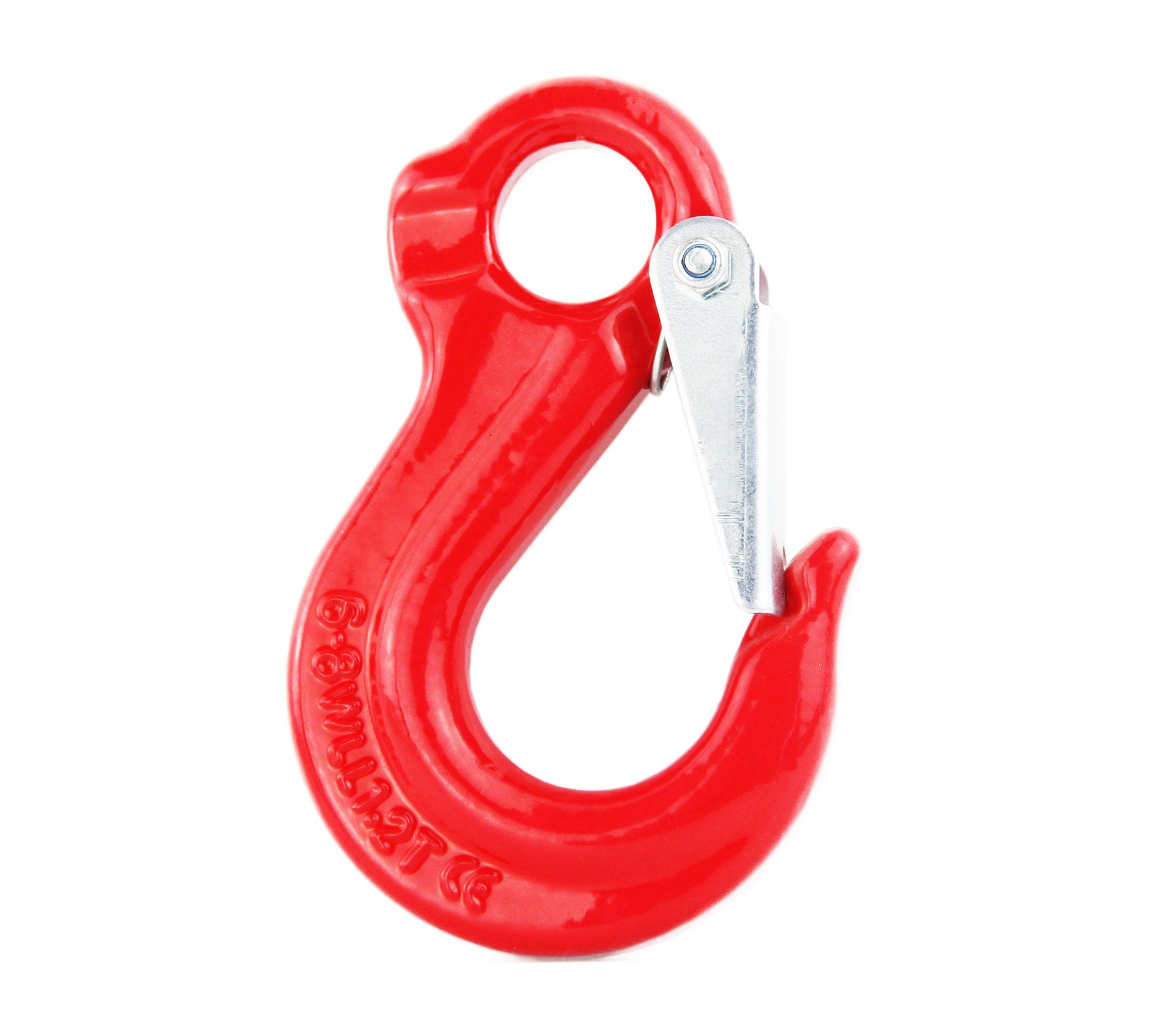News
Dec . 01, 2024 13:04 Back to list
Different Types of Rigging Slings and Their Reliable Suppliers for Your Needs
Understanding the Different Types of Rigging Slings from Suppliers
Rigging slings are essential components in lifting and hoisting operations across various industries, including construction, manufacturing, and shipping. These slings are designed to evenly distribute the weight of loads while providing the necessary strength and durability to ensure safety during lifting. With a myriad of options available on the market, understanding the different types of rigging slings from suppliers is crucial for selecting the right equipment for specific lifting tasks.
1. Wire Rope Slings
Wire rope slings are among the most robust and versatile types available. Made from steel wire strands twisted together, these slings offer impressive strength and resistance to abrasion. They are particularly useful in heavy-duty applications where durability is paramount. Suppliers provide wire rope slings in various configurations, including eye-and-eye, basket, and endless styles, to accommodate different lifting needs. Their resilience makes them suitable for outdoor environments, where exposure to harsh weather conditions can be a factor.
2. Synthetic Slings
Synthetic slings, made from materials like nylon, polyester, or polypropylene, have gained popularity due to their lightweight nature and flexibility. Suppliers often offer synthetic slings in different types, including round slings, web slings, and flat slings. One of the main advantages of synthetic slings is their ability to minimize the risk of scratching or damaging the load being lifted, making them ideal for lifting delicate items. Additionally, synthetic slings are often rated for high lift angles and provide a higher level of compliance, which is advantageous in reducing the stress on the load.
3. Chain Slings
Chain slings are yet another robust option for rigging. Comprised of linked metal chains, they offer unparalleled strength and heat resistance. Suppliers provide these slings in varying configurations, including single-leg, double-leg, and triple-leg designs, which allow for flexibility in rigging applications. Chain slings are particularly effective in environments that require the lifting of heavy and hot materials, as they can withstand high temperatures better than synthetic options. Their durability and resistance to wear make them a favored choice in industrial settings.
types of rigging slings suppliers

4. Fiber Rope Slings
Fiber rope slings are typically made from high-strength synthetic fibers, offering a combination of lightweight and reliable strength. These slings are useful in situations where both weight and load protection are critical. Fiber rope slings are often employed in marine applications, rescue operations, and overhead lifting tasks. Suppliers offer various configurations, including spliced eyes and knots, to suit different operational needs. While these slings might not offer the same level of heat resistance as chain slings, they excel in situations where lower weights are being lifted.
5. Sling Configurations
When selecting rigging slings, it is essential to consider the configuration that best suits the lifting task. Each sling type can be configured in multiple ways, such as a single leg, double leg, or basket hitch. The basket hitch provides the maximum lifting capacity as it shares the load across two legs, while the single leg hitch is straightforward and space-efficient. Understanding these configurations helps users maximize both safety and efficiency during lifting operations.
Conclusion
Selecting the right type of rigging sling from suppliers is vital for the success and safety of lifting operations. With a variety of options—including wire rope, synthetic, chain, and fiber rope slings—each type offers unique benefits suited for specific applications. It's essential for users to assess their lifting needs, consider the weight and nature of the load, and understand the working environment to make an informed decision. By doing so, they can ensure not only the safety of their operations but also the longevity of the rigging equipment they choose to utilize.
In summary, with suppliers offering a diverse range of rigging slings, each type from wire rope to synthetic options has its own set of advantages. Proper knowledge and consideration of these factors can lead to safer and more efficient lifting practices, ultimately enhancing productivity in various industries.
